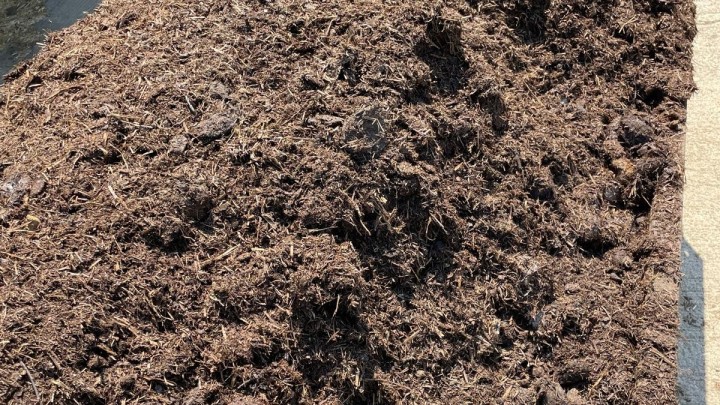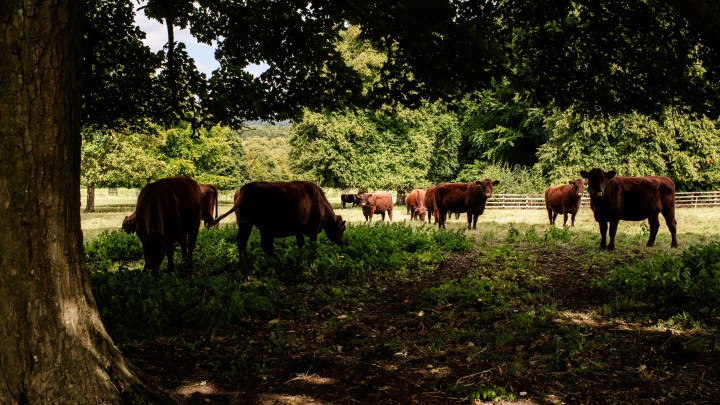Defra has announced it’s tightening the Farming Rules for Water, meaning farmers in England must now meet stricter criteria for spreading muck in the autumn. We’ve asked three NFFN farmers to share how they manage manure and slurry within their nature-friendly farming systems, ensuring it benefits both the environment and their farm business.
Bronagh O’Kane - Drumard, Co. Tyrone
“I’m very wary of blanket solutions to problems, and of the majority of farmers who are doing things the right way being penalised for the actions of a few. Slurry is an amazing product because of the nutrients it provides, but how we manage and use it is crucial.
“We dilute our slurry with water and then spread it quite thinly, usually around 1500 gallons per acre. We add bugs to it, which is particularly useful for reducing the amount of ammonia. After that, we mix in a quantity of well–composted farmyard manure and some vermicast. This inoculates the slurry, making the nutrients more available to plants when you spread it. This also means there is much less risk of leaching from the land.




